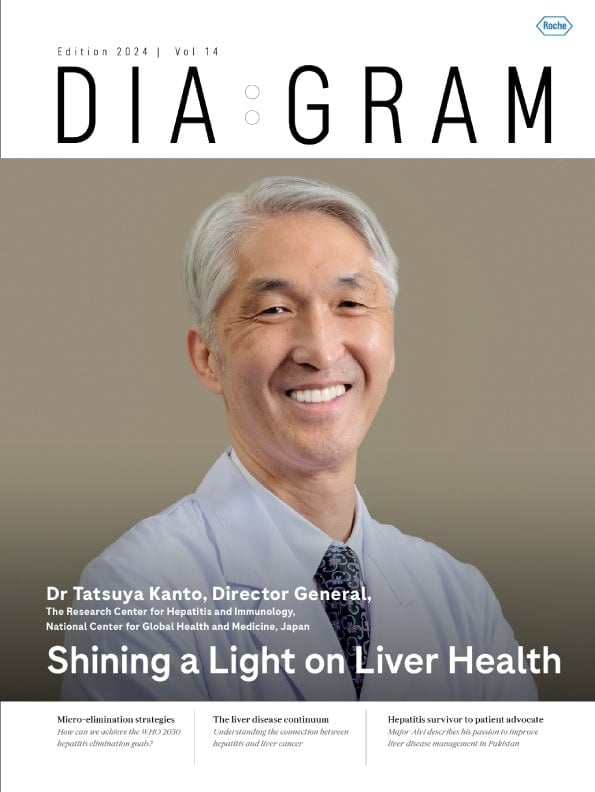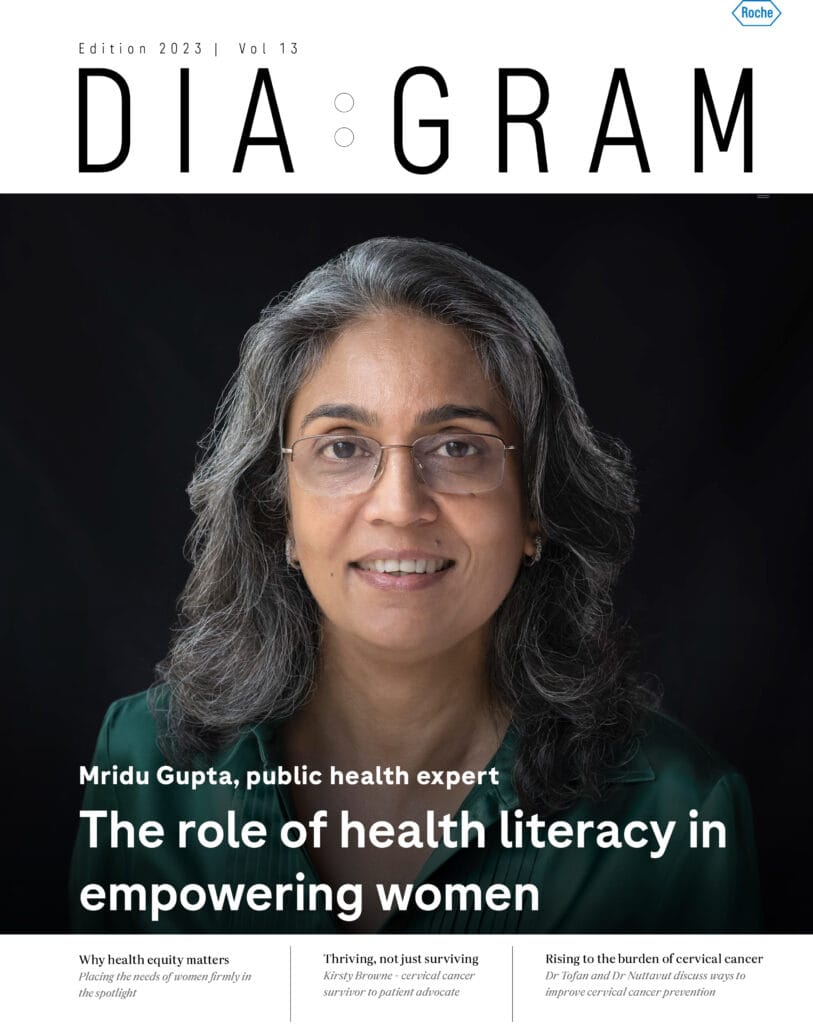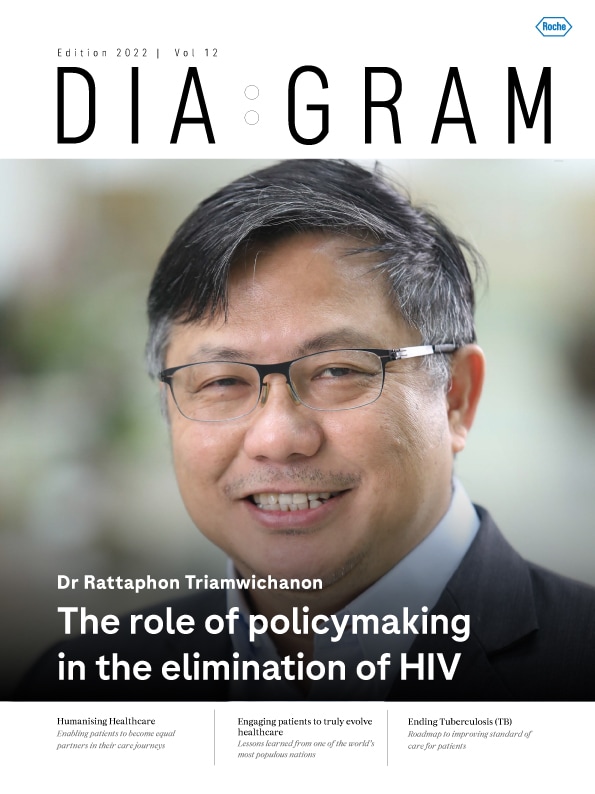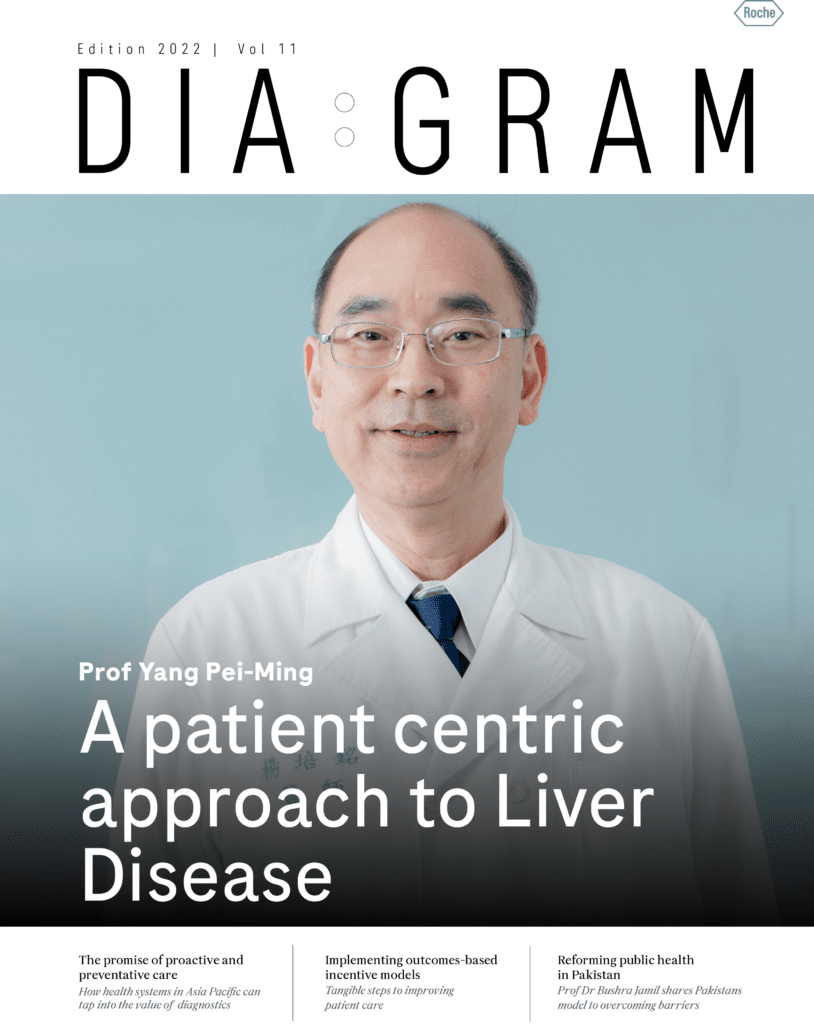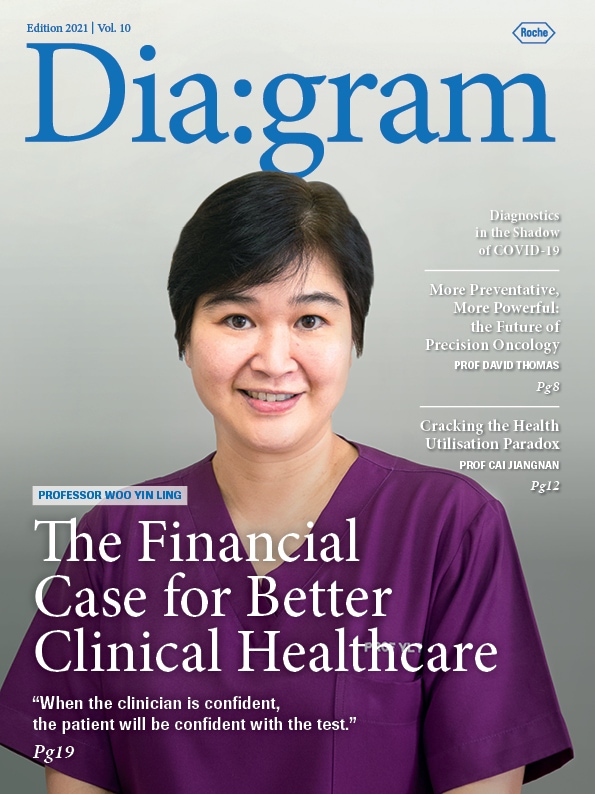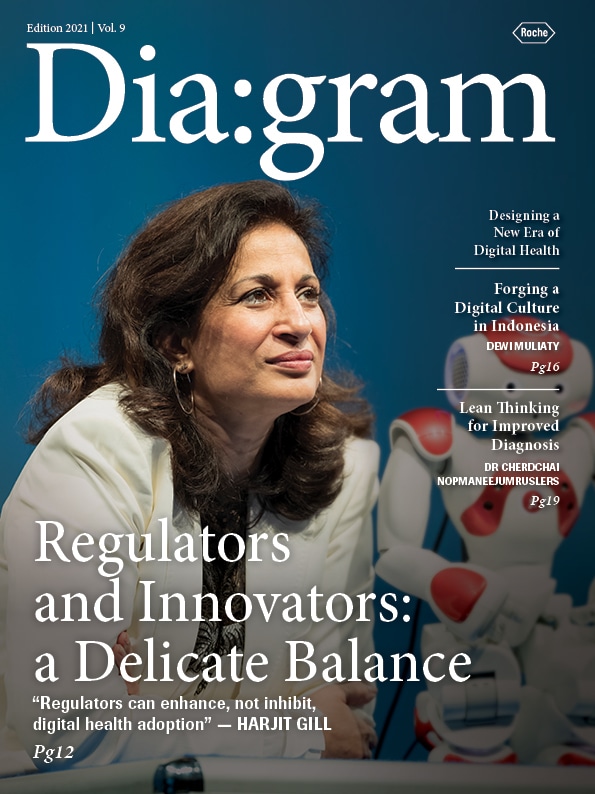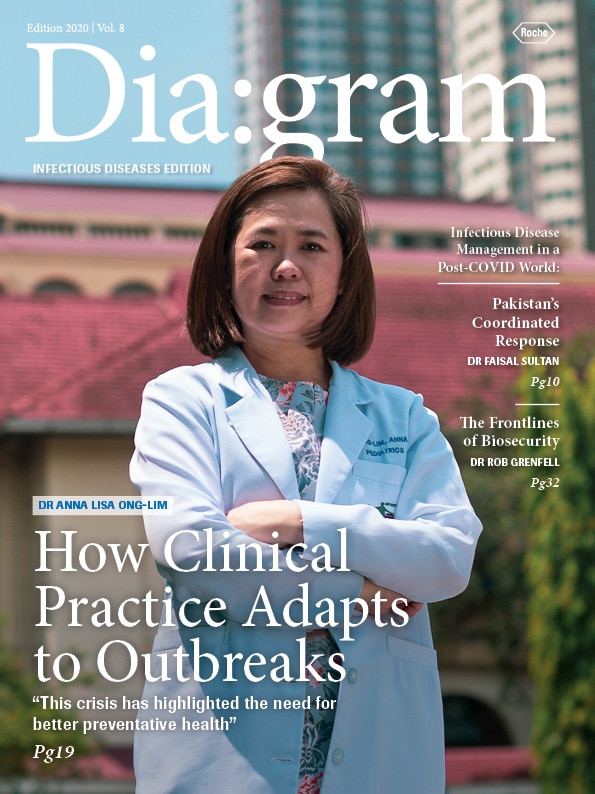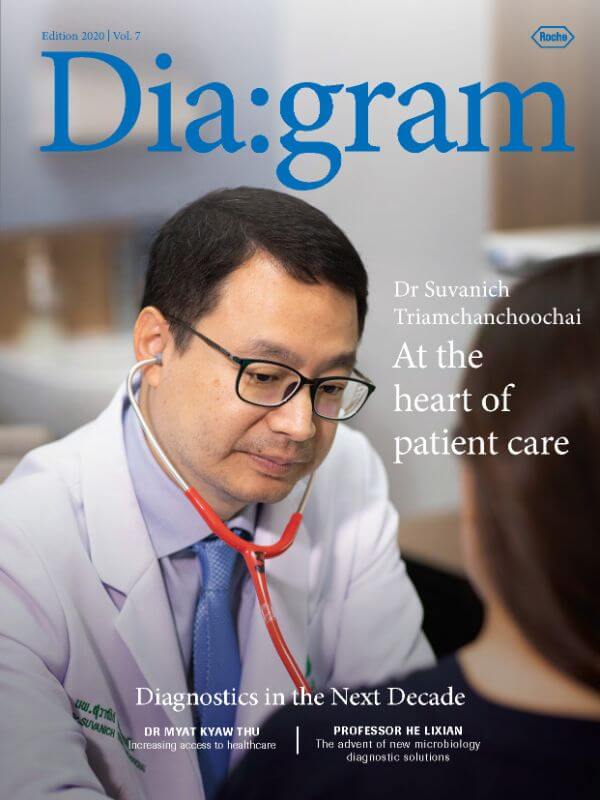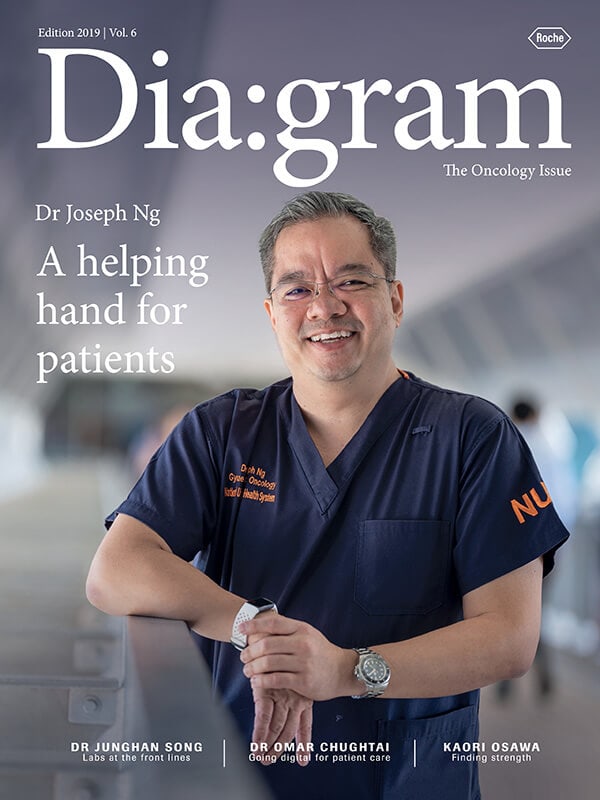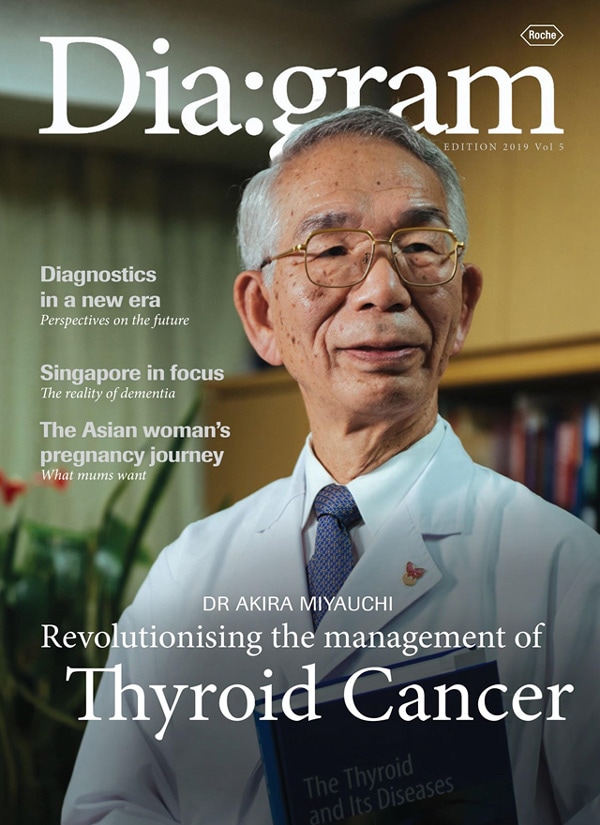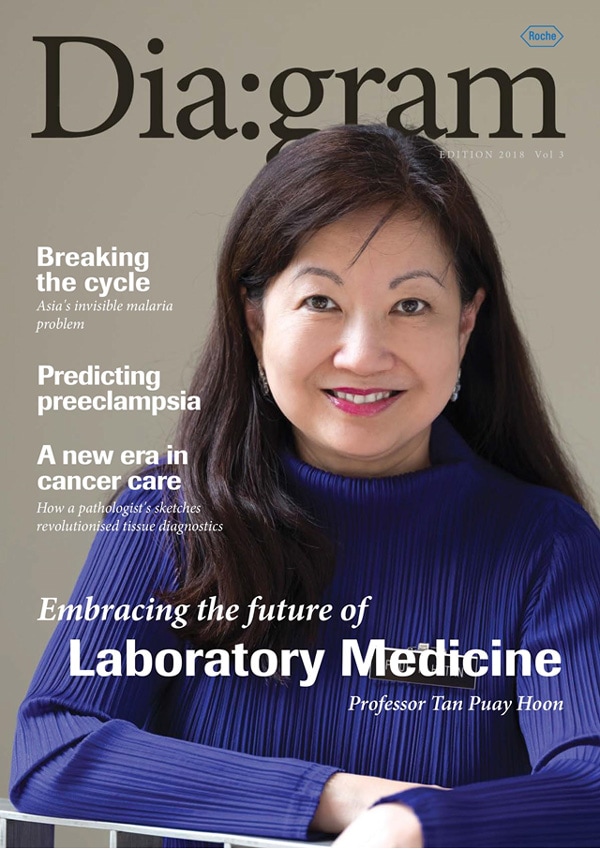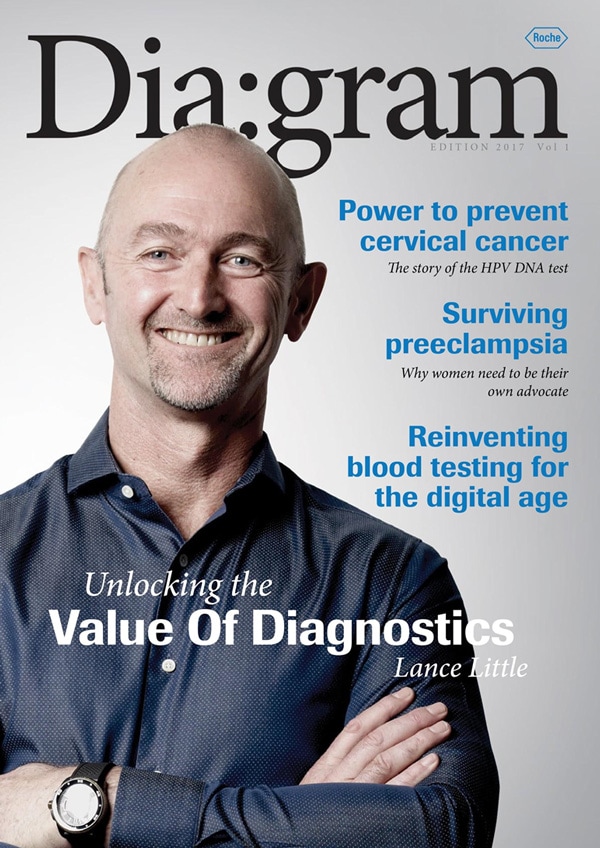For too long, science has placed men in the forefront as the “default human”, leaving women overlooked and left behind. As a result, today, women are faced with inequities in treatment, care, and access to healthcare.
It was only 1993 that women were included in clinical trials to ascertain the efficacy of tests and treatment options for women.1 Up until that point, it was assumed that what worked for men would work just as well for women. While this might have been a logical assumption to make centuries ago, it has resulted in serious repercussions on the health of women.
On top of a reactive approach to healthcare – regardless of gender – such an approach is especially detrimental when seen through the lens of specific women’s specific conditions and diseases such as preeclampsia – a pregnancy related complication which affects 2% to 8% of pregnancies worldwide and results in 9% to 26% of maternal deaths in low-income countries and 16% in high-income countries2– or cervical cancer, the world’s only preventable cancer, that still kills over 340,000 women globally every year.3
There is no debate that every woman has a universal right to good health. Yet, even today, women face inequities (an absence of fairness) in treatment, care, and access to healthcare. Only with the knowledge to make informed decisions, and healthcare infrastructures and policies that cater to her unique health needs, can women truly enjoy the gift that good health yields – allowing them to reach their full potential and be who they want to be.
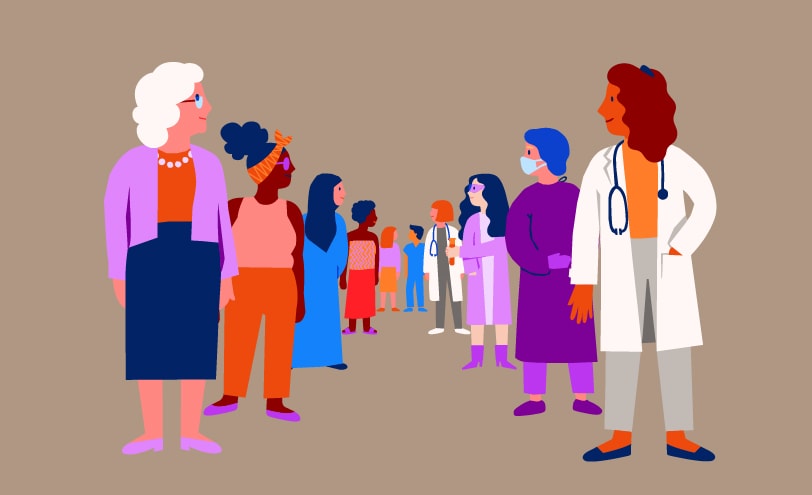
The underestimated impact of culture and societal expectations
While many may have experienced the weight of expectations from family, friends, and the communities we live in, societal conditioning can create an invisible burden of such expectations. From predetermined roles in a family defined by gender, to the “right age” that one should get married at, these can impact many facets of our lives.
Insights from a recent survey conducted by Roche Diagnostics with close to 3,300 women across 8 countries in Asia Pacific show just how heavily societal expectations can influence women’s interaction, or lack thereof, with healthcare. More than 60% respondents from China, Vietnam, and Australia said that the responsibility for day-to-day family responsibilities in the home primarily lay with female caregivers.4 Grappling with the ‘double-shift’ of a full-time career and homecare duties, 62% of women identify lack of time as one of the barriers to taking care of their health.5

Another glaring gap is the lack of support women can have within their communities. For instance, receiving a diagnosis of cervical cancer may be seen as a sign of promiscuity and infidelity, preventing women from asking for a test that is life changing. Considering how 58% of cervical cancer cases globally were estimated to occur in the Asia Pacific region, and how only 22% of women surveyed felt very knowledgeable about cervical cancer, this could imply a knowledge gap that affects approximately 250 million women and can have very severe consequences on their lives.4
The stark consequences of under representation
As societies progress and the world continues to be more interconnected, we start to see the ways in which representation matters – from viewpoints that can help to create inclusive policies whether in the workplace or in society, to funding and policy decisions that allow people to thrive as contributing members of an economy. Which is why, good health is an enabler of a good quality life for everyone regardless of background or gender, and to the pursuit of a fairer society.
A critical element to health equity, and a major gap in the global health system, is data. While significant progress has been made with women making up 75% of the global healthcare workforce, they continue to be underrepresented in many parts of the clinical research process, and even when women are included, many studies still do not analyse data by sex.6
This can cause a gender data gap that can lead to a lack of knowledge about how to detect, treat, and understand conditions that primarily or predominantly affect women, or affect women differently. This can perhaps explain why misdiagnosis risk of a heart attack is 50% higher in women than men.7 While the world’s top killer, lung cancer, has seen an incidence drop of 36% in men, there has been an 84% increase in women in the last 40 years.8
With this stark gap in the quality of healthcare for women identified, the value of diversifying genetic data for scientific discovery has never been more paramount. The scientific industry as a whole requires greater diversity and involvement of all who experience and study a disease.
The economic impact of health inequity
A woman’s full and effective participation in the workforce, her community, and family, are only possible if she has good health. A more equitable health system leads to better quality care for women, giving them the ability to lead healthier and longer lives.
Helping women fully participate as a productive member of society has tangible impact on a wider scale. According to the International Monetary Fund (IMF), enabling women to participate fully in the economy is not only growth promoting, but also diversifies the economies, reduces income inequality, mitigates demographic shifts, and contributes to financial sector stability. Women are more likely to invest their disposable income and resources in education and the health of their children, building up future generations as well.9
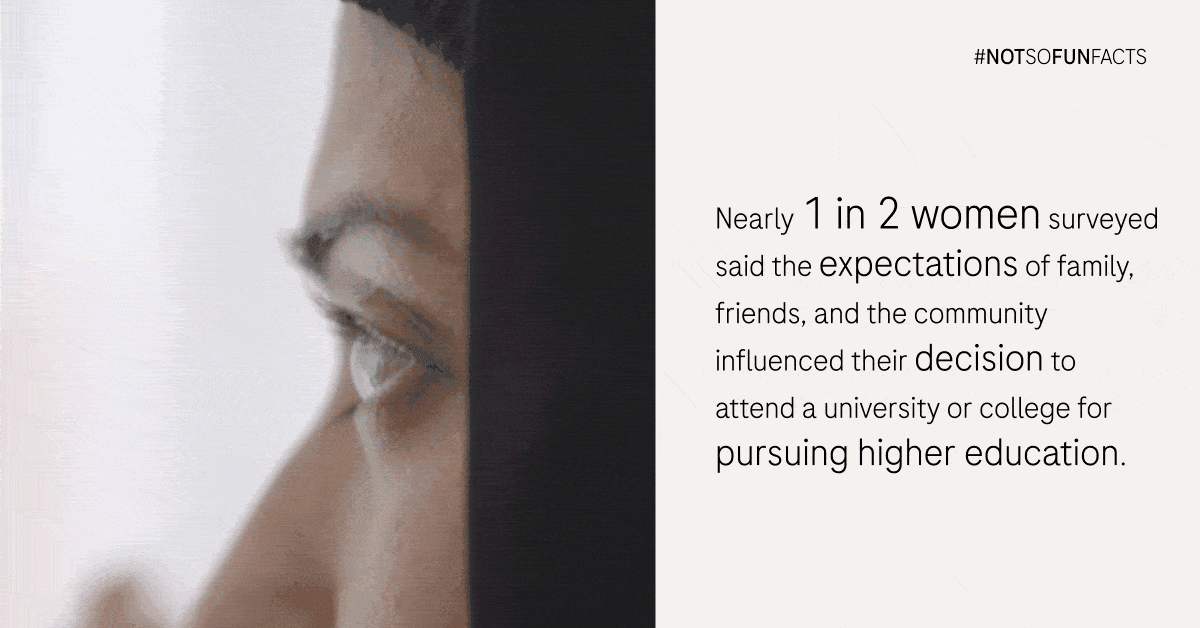
For too long, science has placed men in the forefront as the “default human”, leaving women overlooked and left behind. Investing in healthcare for women through greater funding and better policies isn’t about correcting a gender imbalance but about shaping a future world that we will all inhabit. As a collective we have a responsibility to act, and to put the healthcare needs of women firmly in the spotlight. Because better health for her, means better health for everyone.
References:
- Mauvais-Jarvis F, et al. (2020). Sex and gender: modifiers of health, disease, and medicine. Lancet. DOI;396(10250):565-582. DOI: 10.1016/S0140-6736(20)31561-0.
- Karrar SA, Hong PL. Preeclampsia. (9 June 2022). In: StatPearls [Internet]. Treasure Island (FL): StatPearls Publishing; 2022 Jan-. Retrieved from: https://www.ncbi.nlm.nih.gov/books/NBK570611/
- World Health Organization. (2020). Cervical Cancer Fact Sheet. Retrieved from: https://www.who.int/news-room/fact-sheets/detail/cervical-cancer
- Roche Diagnostics Asia Pacific. (2023). Freedom to Be #Every Woman Survey.
- Luce, C.B., Hewlett, S.A., Kennedy, J.T., & Sherbin, L. (2015). Center for Talent Innovation. The Power of the Purse: Engaging Women Decision Makers for Healthy Outcomes. Retrieved from: https://www.talentinnovation.org/_private/assets/PopHealthcare_ExecSumm-CTI.pdf
- World Health Organization. (2021) Closing the leadership gap: gender equity and leadership in the global health and care workforce. Policy action paper. 2021 Jun 18; License: CC BY-NC-SA 3.0 IGO.
- Wu J, Gale C, Hall M, Dondo T, Metcalfe E, Oliver G, Batin P, Hemingway H, Timmis A, West R. (1 March 2018) Editor’s Choice – Impact of initial hospital diagnosis on mortality for acute myocardial infarction: A national cohort study, European Heart Journal. Acute Cardiovascular Care. Volume 7, Issue 2; 139–148.
- Noone AM, Howlader N, Krapcho M, Miller D, Brest A, Yu M, Ruhl J, Tatalovich Z, Mariotto A, Lewis DR, Chen HS, Feuer EJ, Cronin KA (eds). (April 2018) SEER Cancer Statistics Review, 1975-2015, National Cancer Institute.
- International Monetary Fund. (July 2020) Gender Inequality and Economic Growth: Evidence from Industry-Level Data, WP/20/119. Retrieved from: https://www.imf.org/-/media/Files/Publications/WP/2020/English/wpiea2020119-print-pdf.ashx

